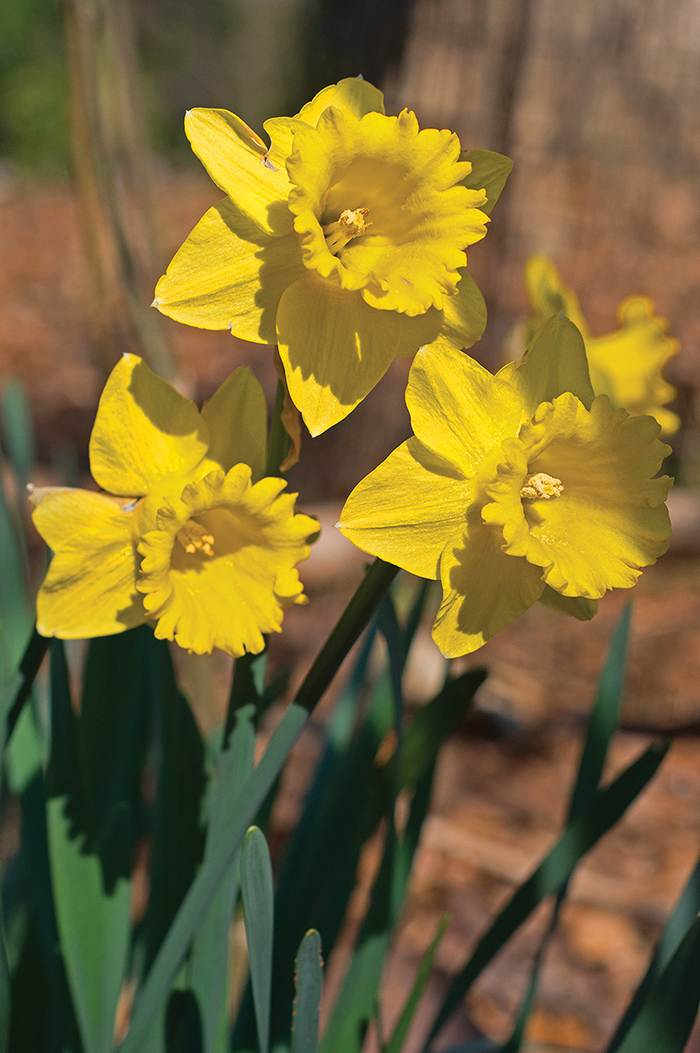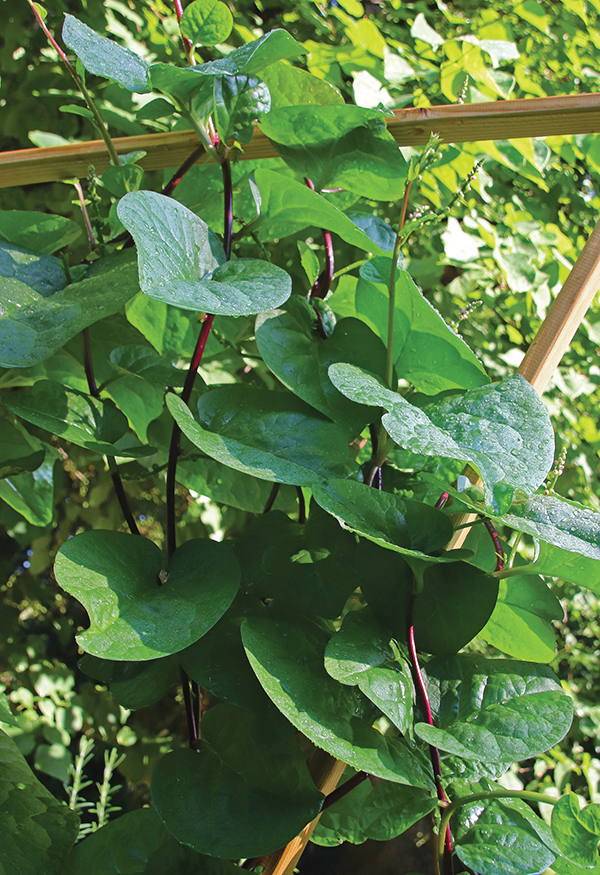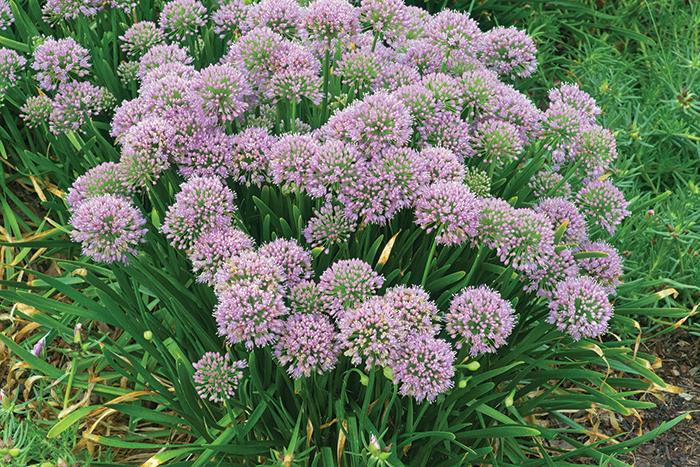Millenium — if I had spelled this word that way on any of my eighth-grade English papers, a grade far south of “A” would have surely followed. But I’m a big boy now, and I can spell it any way I wanna.

Daffodils
If you have been experiencing diminishing visual returns in an established daffodil bed the last few years, chances are this lessening of blooms is the result of overcrowding. Now is a good time to dig up, divide and separate the bulbs.
Since they are dormant, the bulbs can be stored in a cool, dry area until the fall when you typically plant new, store-bought batches of bulbs, but replanting now in well-amended soil after separating them will also work just fine. Extra nutrients are not necessary at this time—wait until autumn to apply a specialized time-release bulb fertilizer around the sleeping beauties.
Actually, ‘Millenium’ is not a spellcheck waiting to happen but rather the name given by plant breeder Mark McDonough to an outstanding ornamental onion he introduced in 2000. Even though it has been around since the beginning of this millennium, ‘Millenium’ recently caught the attention of the general gardening public when it was named the Perennial Plant Association’s 2018 Perennial Plant of the Year.
After that honor, this herbaceous charmer became an easier springtime find in many garden shops. Heck, I’ve even seen it in full flowering flaunt at big box home improvement stores with nursery centers.
The award was well earned. ‘Millenium’ is a compact cutie that has a foliage spread of only about 12 to 18 inches wide and tall. Sturdy, 18-inch-high stems support two-inch-diameter, round umbels bejeweled with masses of pinkish-purple florets starting in June when many flowering annuals and perennials begin to wind down in the building heat.
Another advantage of ‘Millenium’ is that it is a clump-forming perennial, spending more energy expanding by way of underground fibrous bulb reproduction than seed production, meaning it will behave better than many other ornamental onions that can sometimes seed about with impunity.
While you are admiring ‘Millenium’ in bloom, expect plenty of company from butterflies and bees. Conversely, don’t worry about deer and rabbits taking a culinary interest in this plant.
‘Millenium’ is happiest in full sun and resists drought, but placing it in a bed that has been well-worked with gobs of quality commercial garden soil or compost added will make for a healthier plant by providing an even supply of ground moisture through the long summer season. Fluffing the soil up with such organic amendments will also help it drain better — another plus because this ornamental onion doesn’t fare well in soggy sites.
Come the fall, ‘Millenium’ will pack it in for the growing season with its foliage flopping to a withered brown, which can then be cut back. If this pretty has grown beyond its bounds, or you simply want to spread its beauty around, late autumn is also a good time to dig up and divide the clump.
Is the summer sun to hot for your edible leafy greens? Try these heat-resisting substitutes.
Okinawa Spinach

Malabar Spinach
This able spinach alternative, which hails originally from Southeast Asia, has similar tasting leaves accented by a light nutty flavoring with a hint of pine. A tender perennial, it makes a nice addition to salads and stir-fry dishes.
The leaves typically won’t turn bitter in the summer simmer, but ideally provide at least some midafternoon shade and water regularly.
Malabar Spinach
It is not related to true spinach, but the taste of this leafy veggie is close, along with a slight, peppery twang. For best flavor, eat young leaves raw.
Malabar spinach originates from the Asian tropics as a perennial vine. It does love our hot summers, but is not cold-hardy here, so grow this exotic edible as an annual.
In June
Just couldn’t part with your poinsettia last Christmas? Give it a vacation outdoors now in a semi-shady spot. Also, for a fuller, more compact plant, prune each branch back, leaving three to five leaves on each stem.
Do something different for the gardening dad in your life this Father’s Day — plant a specimen, unusual or hard-to-find tree, shrub or perennial in his honor.
In July
Better tasting—and least slimy—okra pods are best picked when they are about three inches long. And for little or no slime, when boiling okra, leave the pods whole.
Continue filling the bird bath with water at least once a week, and to keep this refreshment stand fresh, also give it a good cleaning every two to three weeks.
- Olympic Bound
- Rock On
- Breakfast is Served
- Restaurant Spotlight: Pimiento Tea Room
- Ripe Revival Delivers Fresh Produce to Southern Wake
- 3 Day Vacay! from Hank’s Downtown Dive
- A New Season for Style
- Grow & Bloom: ‘Millenium’ Allium: More Than a Spellcheck
- Meet & Greet: Pace Yourself Run Company
- FVM’s Greatest Hits







